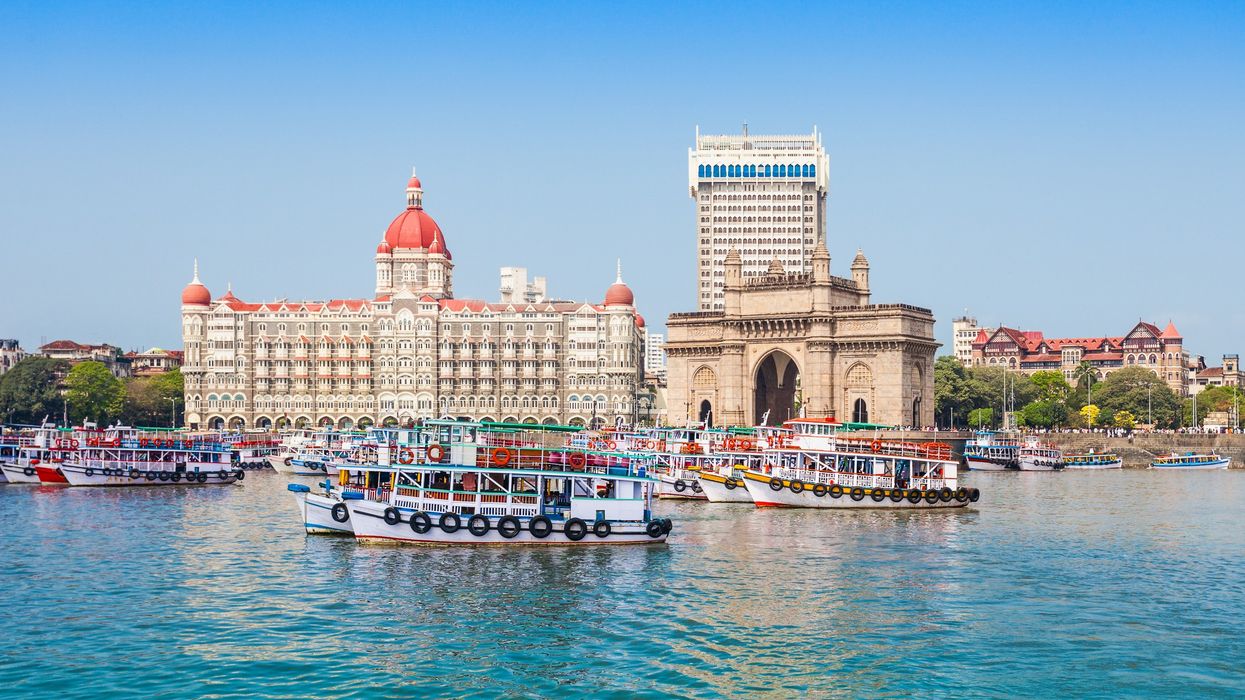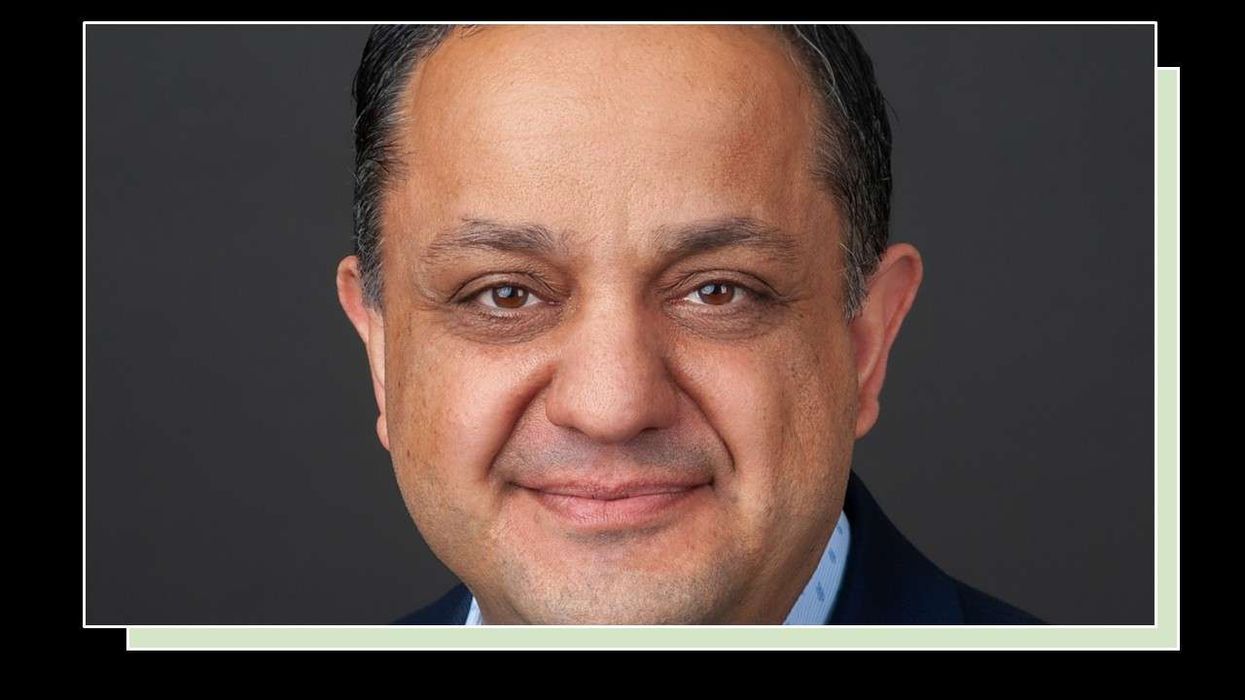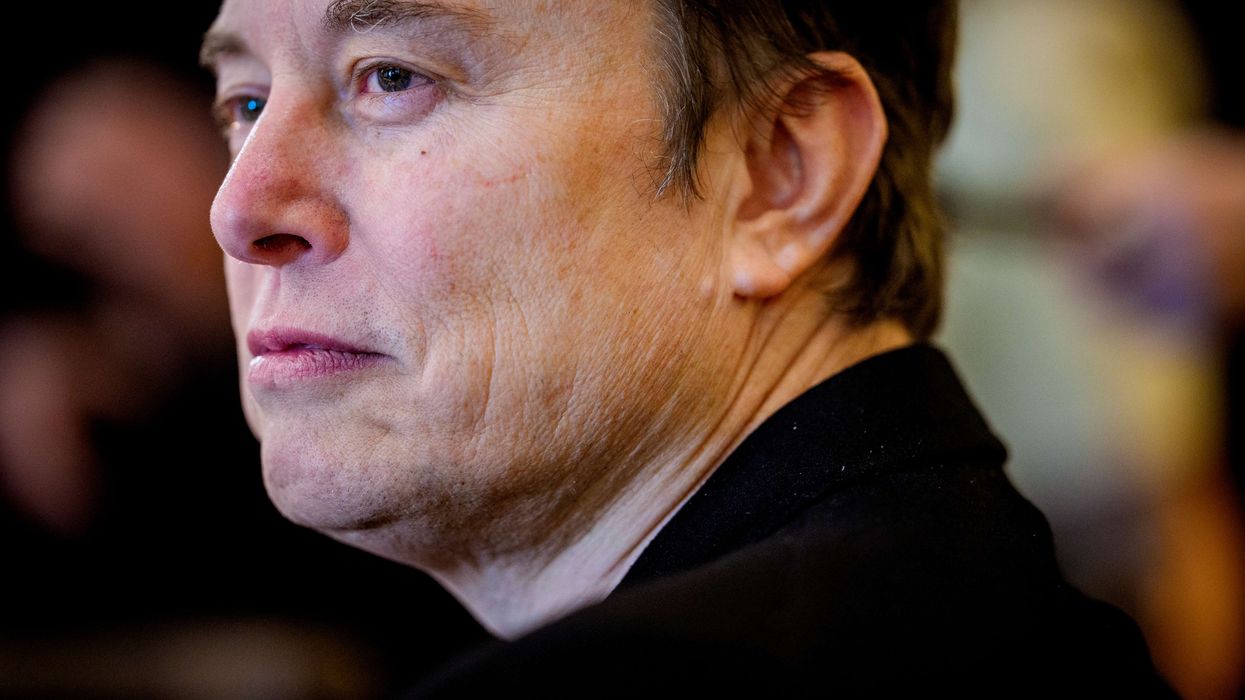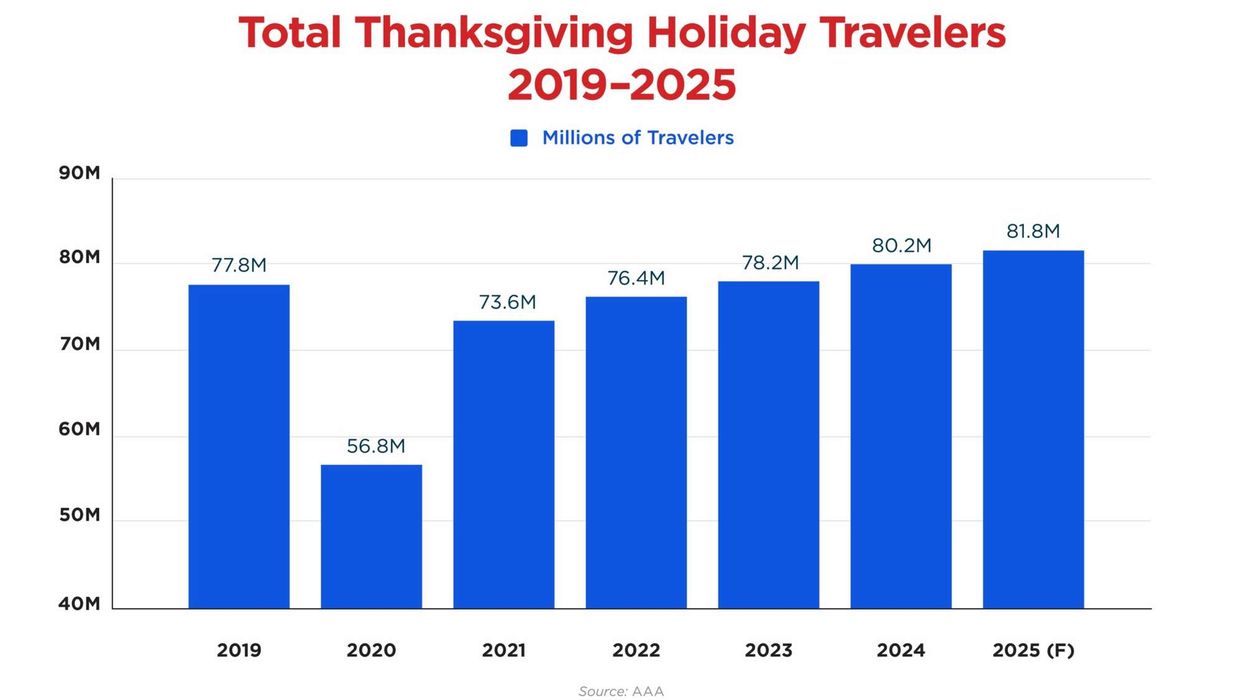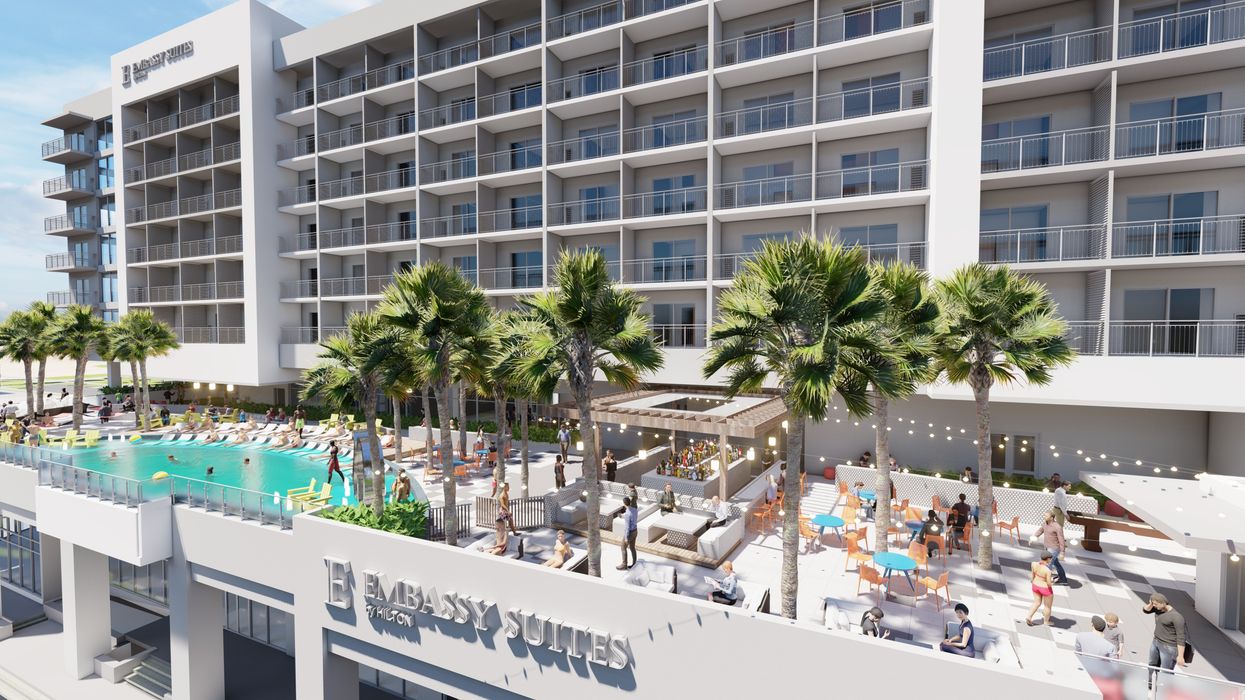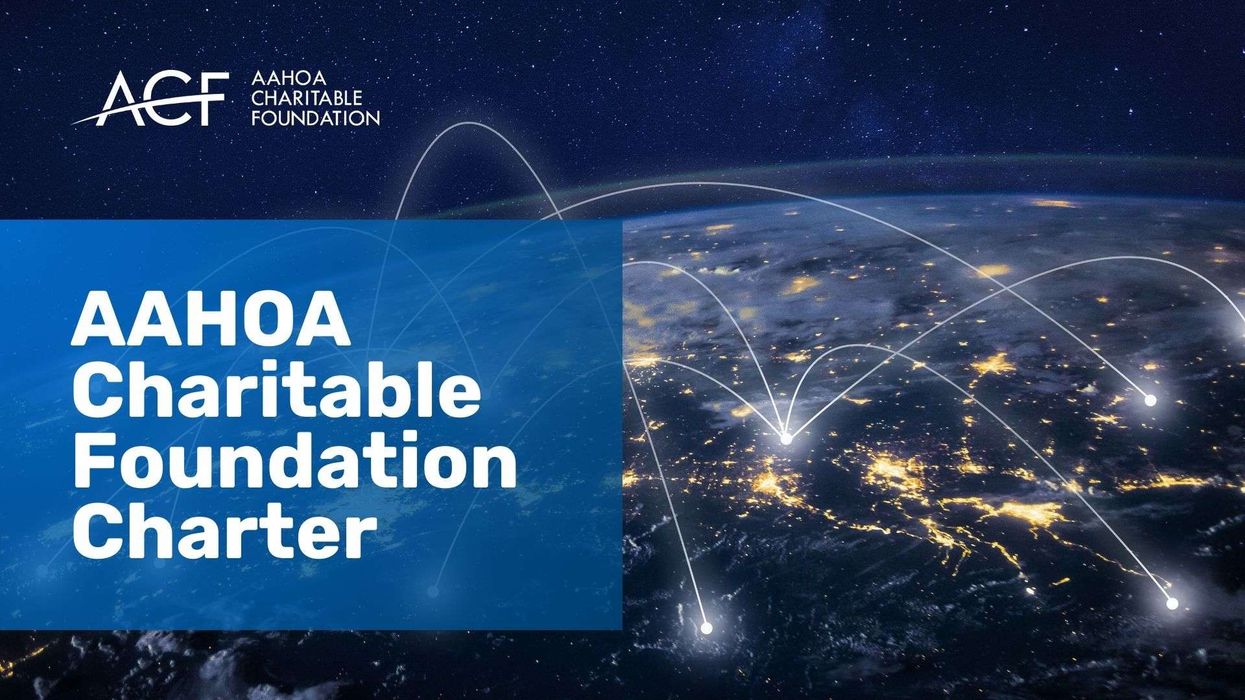What is the growth forecast for India’s hospitality sector in 2026?
INDIA’S HOSPITALITY SECTOR is expected to grow at 6 to 8 percent in the current financial year, according to rating agency Icra, which revised the sector outlook to "stable" from "positive”. Foreign tourist arrivals to India are likely to remain low in the coming months following the terror attack in Pahalgam, Jammu and Kashmir, with a gradual recovery expected later.
Domestic tourism has been the main demand driver so far and is expected to remain so in the near term, Icra said in a statement.
"After three years of strong demand—driven by domestic leisure travel, meetings, incentives, conferences and exhibitions, including weddings, and business travel—the growth in the Indian hospitality sector is forecast to normalize at 6 to 8 percent year-on-year in financial year 2026," said Jitin Makkar, Icra's senior vice president and group head for corporate ratings.
Factors such as improved infrastructure, increased air connectivity, demographics and growth in large-scale MICE events with the opening of new convention centers in recent years will support growth over the medium term, the report said.
The domestic hospitality sector's earnings and credit metrics are expected to remain stable in financial year 2026, supported by cost rationalization measures and operating leverage, the rating agency said. A "stable" outlook indicates low likelihood of change in the near to medium term, while a "positive" outlook suggests higher probability of an upgrade over the same period.
The rating agency estimates pan-India premium hotel occupancy to remain at 72 to 74 per cent in financial year 2026, slightly above the 70 to 72 per cent levels recorded in financial years 2024 and 2025.
Average room rates for premium hotels are projected to rise to Rs 8,200 to 8,500 ($95.7 to $99.2) in financial year 2026, up from Rs 8,000 to 8,200 ($93.3 to $95.8) in financial year 2025, amid limited supply additions and ongoing renovation, refurbishment and upgrading at several properties, the agency said.
"While the terror attacks in April and the resulting uncertainties in North and West India in May led to a surge in travel and MICE cancellations, the impact has been largely temporary and localized," Makkar said. "In recent weeks, there has been a recovery in sentiment following the easing of the conflict."
Icra's sample set, comprising 13 large hotel companies, is expected to report operating margins of 34 to 36 per cent for financial year 2026, despite lower revenue growth. The margins will be supported by factors such as cost rationalization measures and asset-light expansions in recent periods.
However, within the sample, outcomes are expected to vary based on renovations and higher employee expenses due to rising demand.
"Land availability issues currently constrain supply additions in premium micro-markets of metros and larger cities," Makkar said. "Most additions to premium hotel supply in these areas are due to rebranding or property upgradation, while greenfield projects are primarily being initiated in the suburbs."
The World Travel and Tourism Council recently reported that international visitors spent $36.09 billion in India in 2024, a 9 percent increase from 2019.
